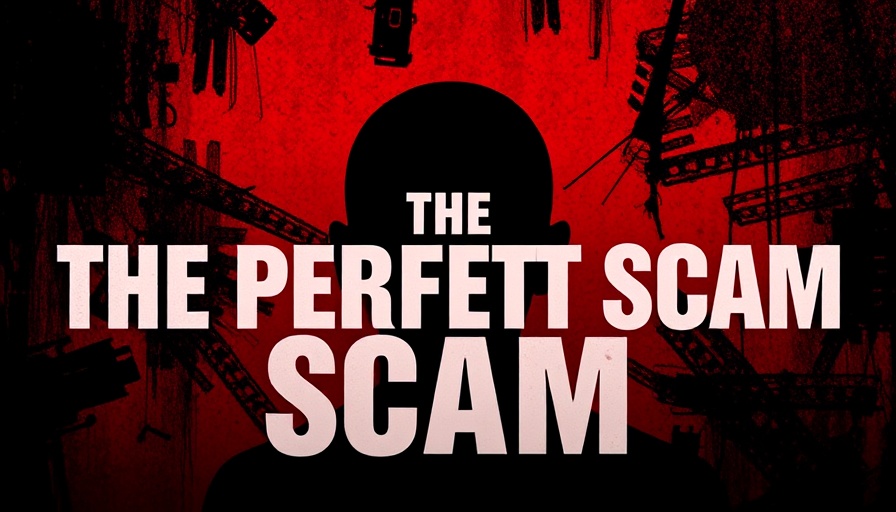
Spotlight on Scams: Understanding Today's Threats
In an era where digital connectivity is at an all-time high, the landscape of scams has evolved significantly. From fraudulent calls to deceptive emails, today's scammers are more sophisticated than ever before, exploiting vulnerabilities in technology and human behavior. AARP's podcast, 'The Perfect Scam,' dives deep into these real-world stories of deception, raising awareness and equipping listeners with the tools to protect themselves.
Why Awareness is Key in Combatting Scams
Awareness is your first line of defense against scams. Each year, millions of dollars are lost to various types of fraudulent activities, affecting individuals across all demographics. According to the Federal Trade Commission, consumers reported losses of over $3.3 billion in 2020, with older adults particularly vulnerable to schemes targeting their financial security. The insidious nature of these scams can often lead to emotional distress, exacerbating feelings of isolation and anxiety.
Historical Context: The Evolution of Scams
Scams aren’t new, but their methodologies have transformed. Once primarily conducted via mail or face-to-face encounters, they have moved predominantly online. For instance, the infamous Nigerian Prince scam has now evolved into digital phishing attempts across emails and social media platforms. By understanding the historical context of how scams have changed, individuals can better prepare against emerging threats.
Diverse Perspectives: Voices of Victims
Listening to the experiences of those who have fallen prey to scams can offer invaluable insights. In 'The Perfect Scam' podcast, victims share their cautionary tales, revealing the emotional toll that financial deception can take. These stories underscore the importance of familiarity with current scams so that others may recognize the signs and avoid similar traps.
Current Trends in Scams: What to Watch For
As we navigate 2023, certain trends in scams are becoming more prevalent. Scammers are leveraging social media platforms to craft highly personalized attacks, known as 'social engineering.' For example, an individual might receive a friend request from someone posing as an acquaintance, only to be directed to a fake site requesting sensitive information. Social media literacy is now as crucial as financial literacy in safeguarding oneself against these threats.
Practical Tips for Staying Safe
To protect yourself from scams, equip yourself with knowledge and vigilance:
- Verify Requests: Always verify the identity of anyone asking for personal information, especially if the request comes unexpectedly.
- Educate Yourself: Stay updated on common scams through reputable sources like AARP and local consumer protection agencies.
- Trust Your Instincts: If something feels off, it probably is. Never rush into making a decision, particularly regarding financial transactions.
Emotional Insights: The Human Cost of Scams
Knowing the financial implications is essential, but the emotional impact of scams is equally significant. Victims often experience guilt, shame, and a loss of trust—not just in others but often in themselves. Addressing the psychological aspects of being scammed is crucial for recovery, emphasizing the need for community support and open conversations about these experiences.
Need for Community Awareness: Taking Action Together
Promoting community awareness about scams is imperative. Neighborhood groups, senior centers, and local organizations can play a vital role by organizing educational workshops that empower individuals to recognize and report scams. By fostering an environment of shared knowledge, we stand stronger together against the tide of deception.
Take Back Control: Equip Yourself
It is vital for everyone, especially seniors, to take back control. Learning about the different types of scams and recognizing their signs can make a dramatic difference. Engaging in conversations about potential scams with friends and family not only helps build awareness but can also alleviate feelings of isolation in those affected.
Through comprehensive understanding and collaborative vigilance, we can combat the growing challenges posed by scammers. Sharing this information and empowering one another is a crucial step towards a safer community.
 Add Row
Add Row  Add
Add 




Write A Comment